The Canoe Is the People
Indigenous Navigation in the Pacific
Navigation or Wayfinding
The Austronesian voyagers found their way by knowing a great deal about the sea and the sky. They learned how to use the wind, wave and swell patterns, stars, seasons, plants and sea life as their guides. They also looked for signs from their ancestors.
“Navigation”, in the English language, refers to how people orient themselves as they move from place to place. They may read features in their surrounding environment to know where they are and where to go, or they may be guided by modern instruments and maps.To distinguish between these two forms of navigation, we use the term “wayfinding” in this website, to designate when people rely exclusively on natural and spiritual signs to find their way.
“Wayfinding” is a relatively new word in the English language. But finding-the-way by reading natural signs is an ancient practice. “Wayfinders” are the people who make voyages across the ocean by observing their surroundings and by using their minds, hearts, and ancestral connections as a means of oreintation.
In this website, The Canoe is the People, Pacific voyagers explain how their ancestors travelled across the deep sea using natural signs, mental tools, and ancestral connections. You may notice that some of the elders and students who explain their knowledge use the word “navigation” and “navigator” to mean the same thing as “wayfinding” and wayfinder”. You may also notice that some people use the word “wayfinding” to mean a system that is a “hybrid” — a mix of ancient and modern methods. But when we say “wayfinding” here in canoeisthepeople.org we are not talking about a mix of old and new. We aim to show ancient ways that some Pacific peoples still know and use. These voyagers also tell why they want to use ancient ways now, and in the future.
So in this website we use the word “wayfinding” when we mean the ancient ways of voyaging to distant islands.






